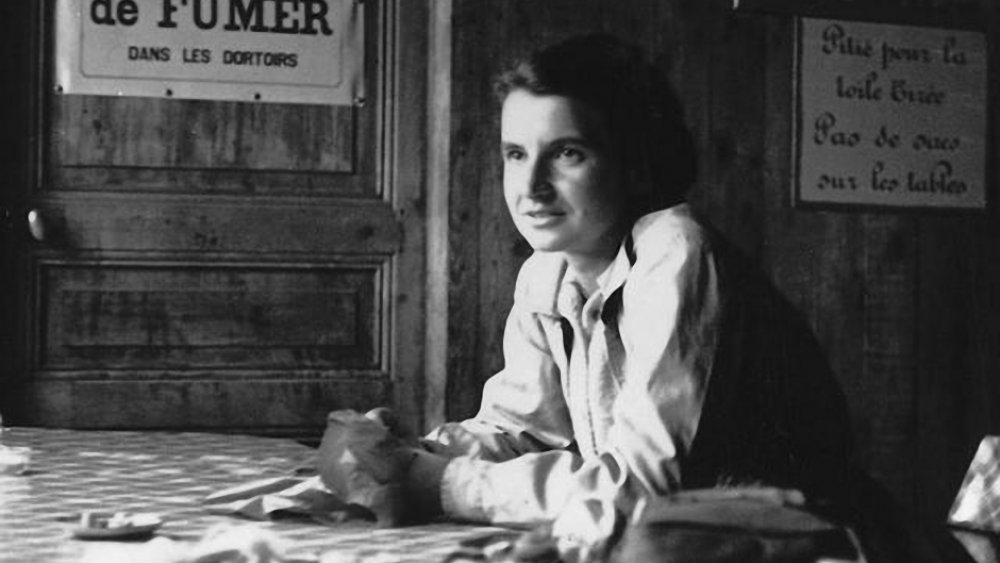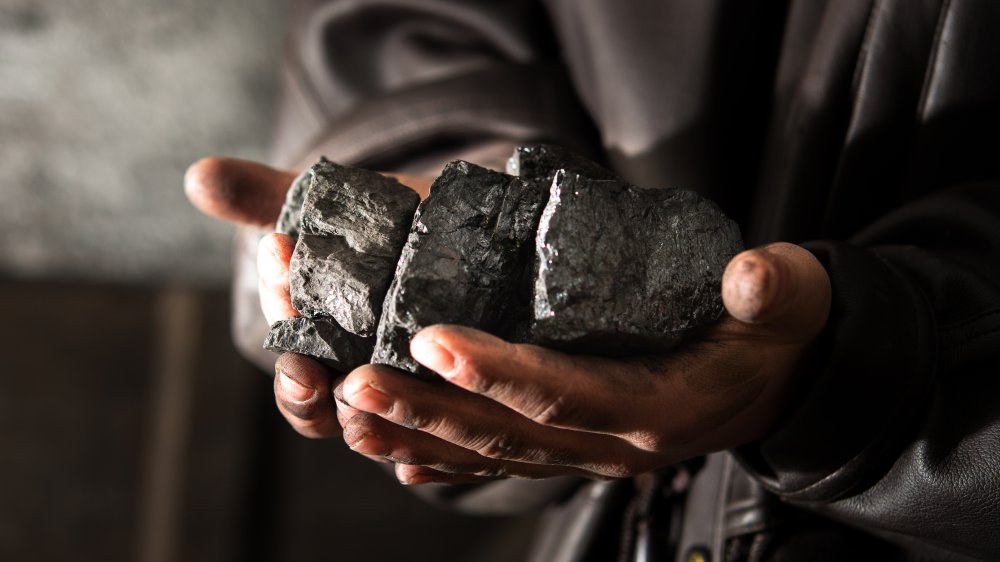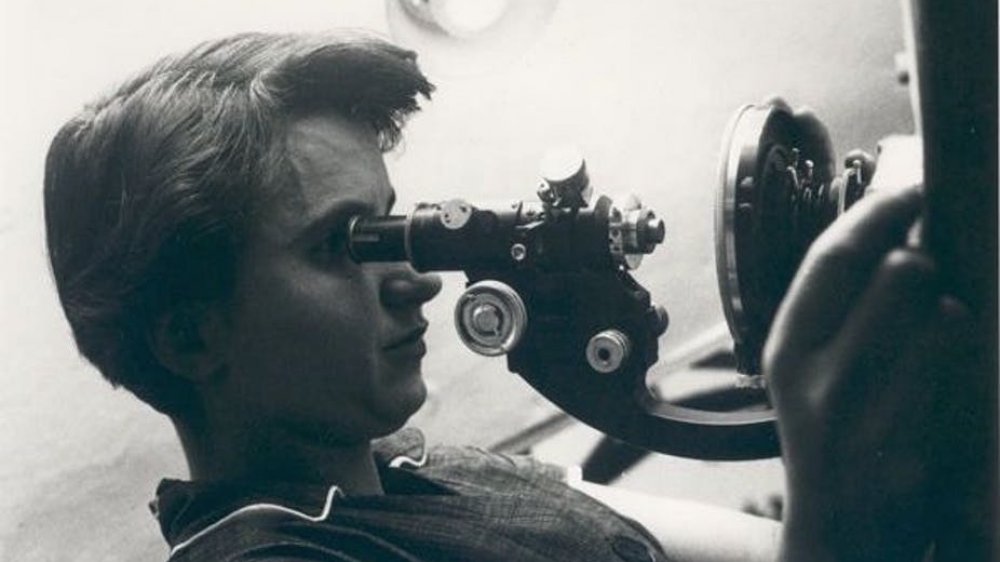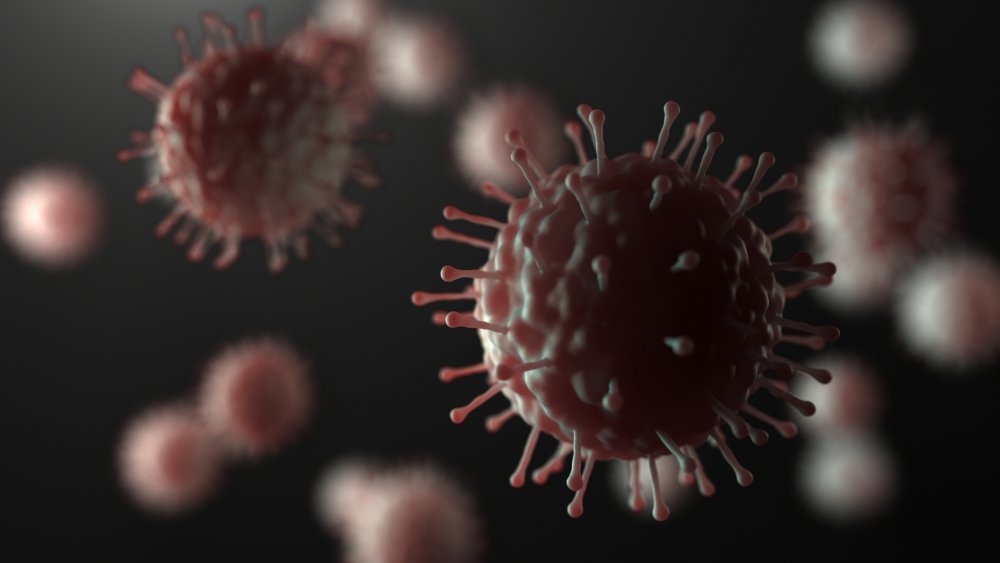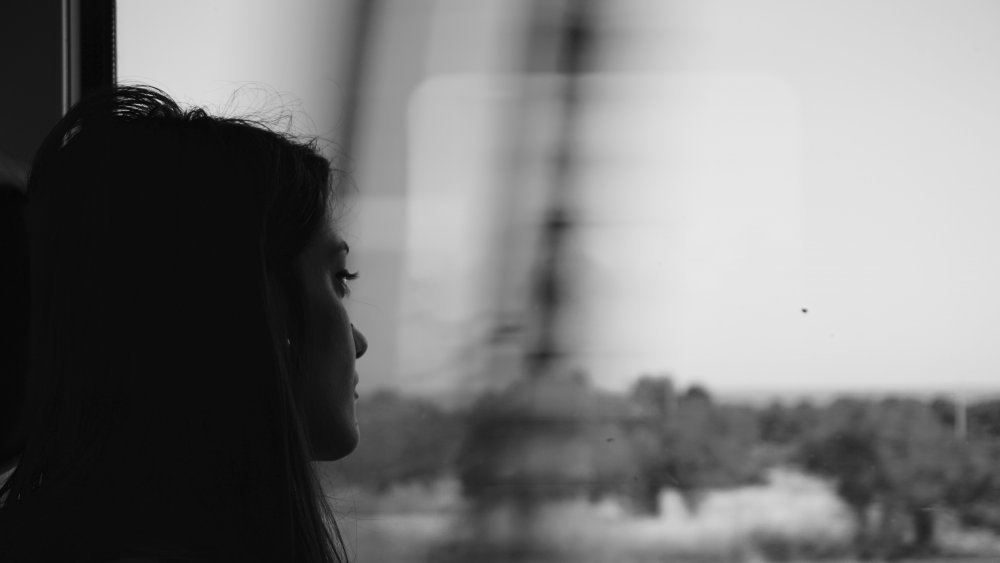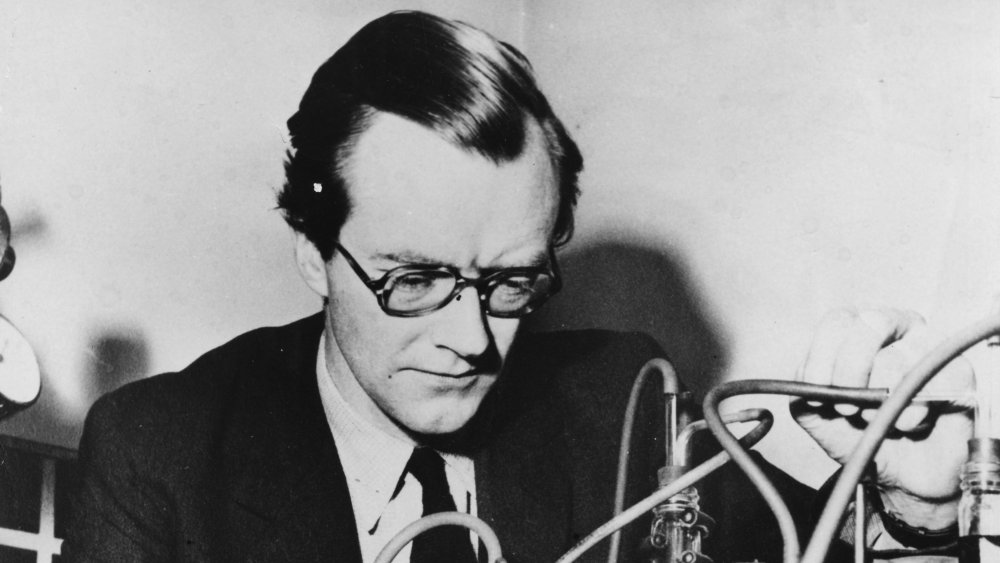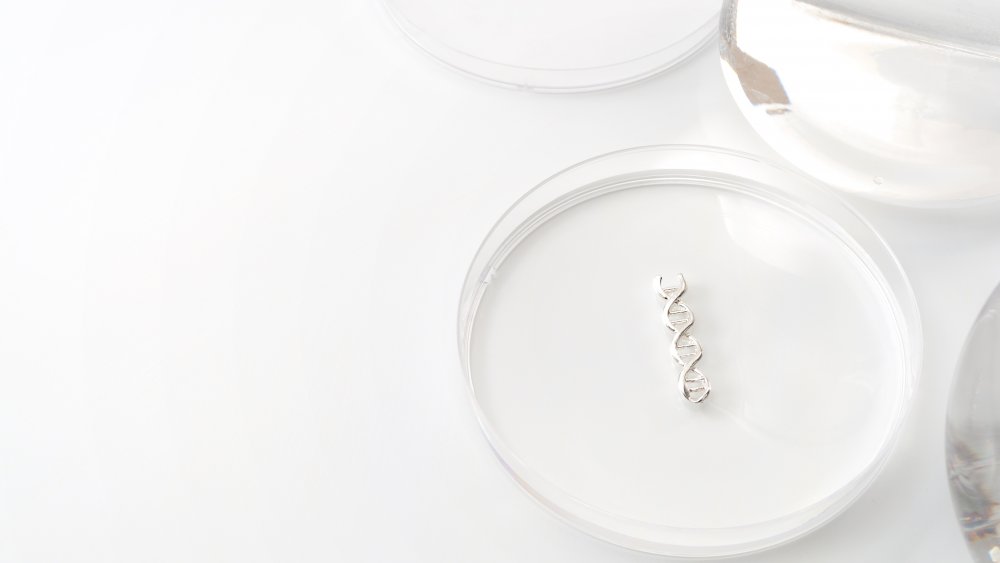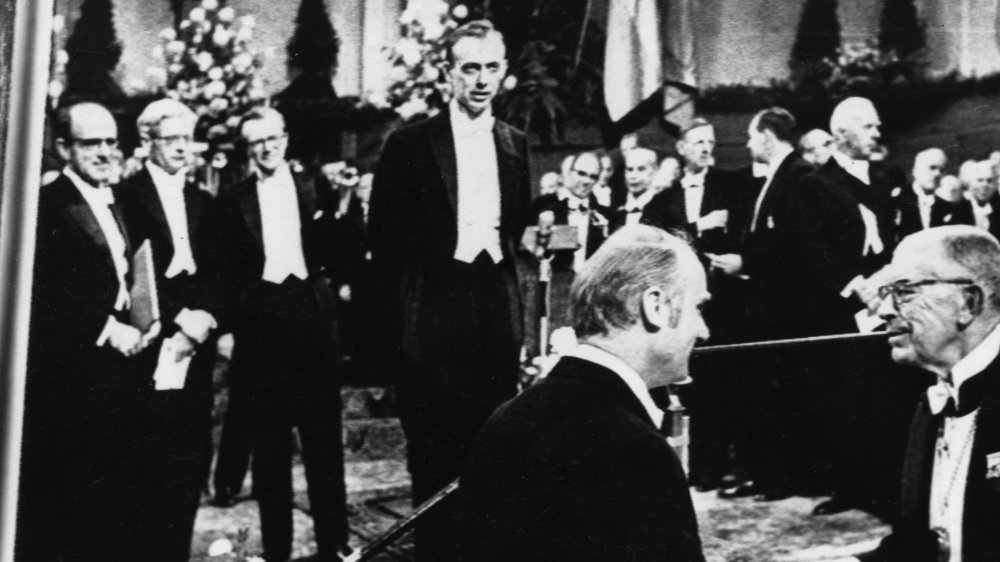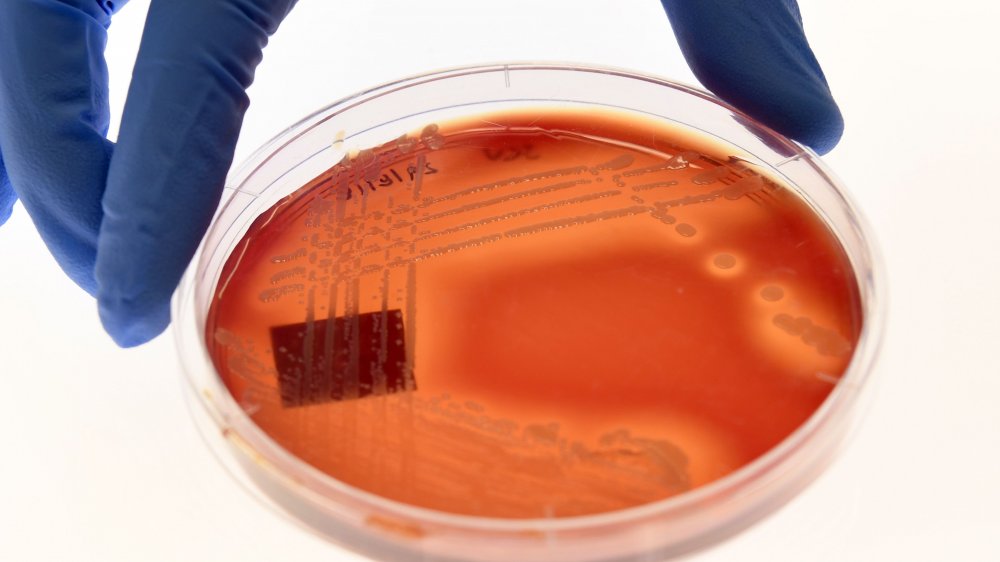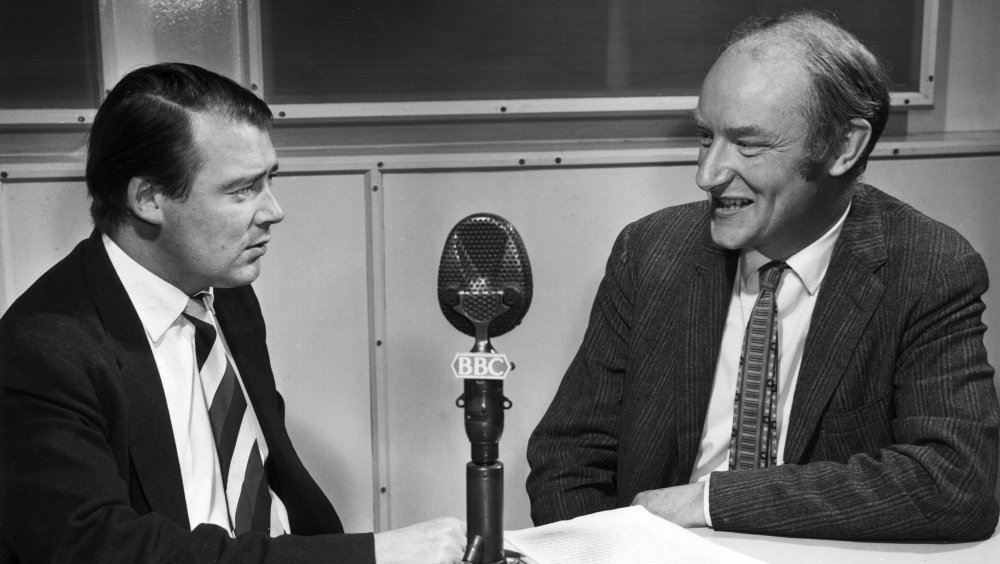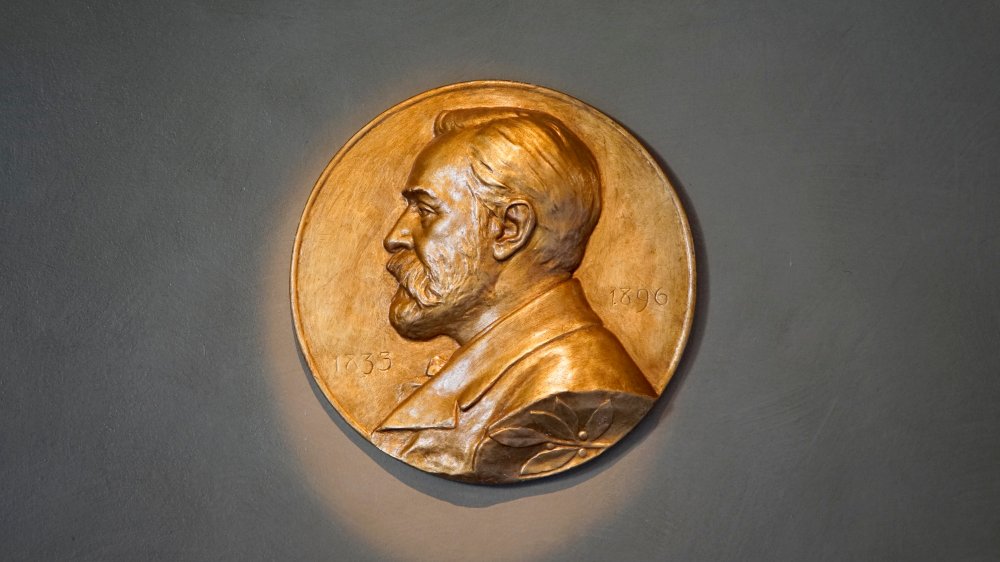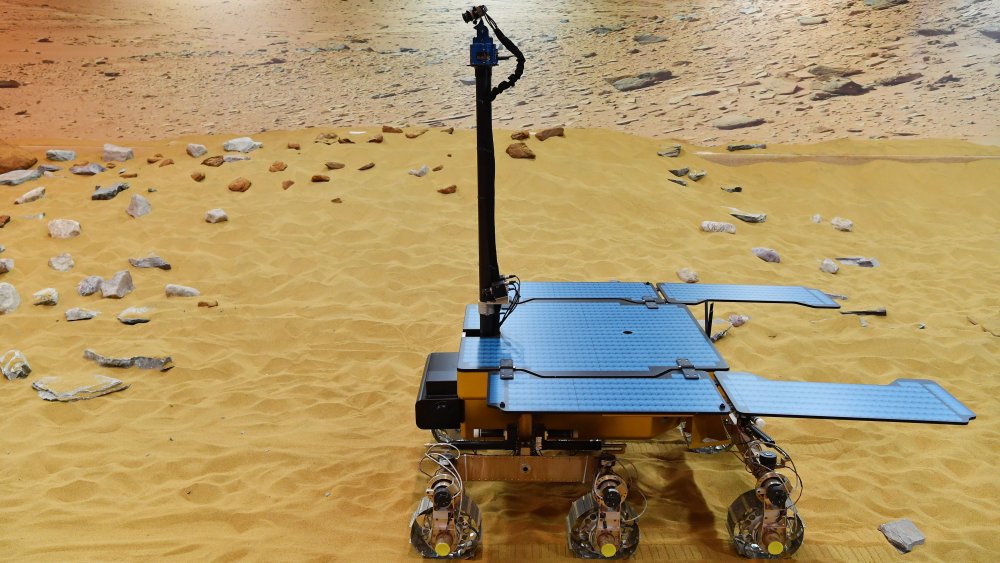The Life And Tragic Death Of Rosalind Franklin
Considered one of the most ripped-off scientists in history, Rosalind Franklin was a legendary research scientist whose discoveries were essential to establishing the double-helix shape of DNA. Homegirl literally took a picture that established that this was the probable shape.
Why wasn't she recognized? Her colleagues, James D. Watson and Francis Crick (whose name rhymes with a derogatory nickname he probably deserves) got a peek at her unpublished photos, had the light bulb moment that it was a double helix shape, and rushed to publish a scientific article that established the idea before Franklin could publish her findings. She published a paper suggesting the shape as well—and it was published after theirs in the same issue.
People have argued that science was more of a sharing culture than it is today, where you have to give credit to anyone whose footnote you've read and learned from in writing a scientific paper. But even if that was true, it's a shame that they barely mentioned Franklin in the discovery of the double helix. She wasn't mentioned when Watson and Crick won the Nobel Prize for the discovery of the double helix, either.
But more people are learning about Franklin's life and giving her the credit she deserves. After all, she was so good at her job that she accomplished feats in more than one area of science. She lived a vibrant and awesome life and died at age 37. But her legacy lives on.
Rosalind Franklin started her career in coal science
As Rosalind Franklin's sister told the BBC, she had been interested in science from a very young age and showed promise in it pretty early on. She was the type of kid to say, "Prove it!" when someone tried to teach her something. That same sister, Jenifer Glynn, in an article for The Lancet, confirmed that Franklin entered science with her family's full support. She was educated in private schools and attended Cambridge University.
But she didn't get her start working with DNA or the cool photography that would later put her name on the map. She earned her PhD by studying the structure of coal, according to New Scientist. Yes, this is the coal like the kind that gets shoveled into trains. She was so much a fan of coal that she returned to it in her post-DNA career.
The Los Angeles Times discusses how Franklin spent a good amount of her time studying how to use coal, graphite, and regular charcoal as efficiently as possible. This was during World War II and Franklin was patriotic and wanted to help out with the war effort using her own gifts (as opposed to the government assigning her somewhere random). Her wish was granted when her research helped in the development of safer-to-use gas masks, according to Live Science.
Rosalind Franklin wasn't a boring 'spinster'
The fact that Franklin was called a spinster as well as a scientist on her death certificate is infuriating. Yes, Franklin never married. But she led an exciting life that definitely wasn't pitiful. Franklin caught the travel bug early and ventured all over Europe, riding bikes with friends and even climbing in the Alps. In fact, the only reason she came back to England was because she knew her career could only grow so much in France. She called Paris "far and away the best city in the world."
Her sister Jenifer Glynn talks about how Franklin could sometimes be prickly and sensitive (as only a sister can affirm). She affirmed that Franklin loved her work and would probably feel very weird about becoming a feminist icon. During her life, Franklin certainly didn't act like someone who was ripped off of the biggest discovery in scientific history. Raymond Gosling, her graduate student and assistant at the time, said in an interview with Genome Biology that she knew Watson and Crick had used her data but didn't nurse hurt feelings about it. She had the opposite of an ego when it came to science.
Not to say she didn't have a sense of humor: When Franklin believed that DNA wasn't a double helix (early in her investigation), she wrote a roast-tastic "obituary" for the shape. Discovery printed it, and the snark leaps off the page.
Rosalind Franklin used X-ray crystallography to study the shape of DNA
Franklin was hired to work at King's College because she was a total boss in x-ray crystallography. It's not the same as taking a simple x-ray; ScienceDirect defines this process as "a technique that provides information about protein structure based on diffraction patterns generated by collisions between the X-ray beam and the protein." It was a really great way to create something close to 3D images even if you're trying to get an image of an atom. This was in the 1940s and 1950s!
In essence, Franklin was really good at taking x-rays of very small proteins using highly dangerous techniques. This superpower would be a winding thread throughout her whole career. The famous Photograph 51, which shows off the double helix shape of a DNA molecule, was achieved through this process.
The confusing legacy of Franklin (and whether she should get credit over Watson and Crick) comes down to what people value in science. Watson and Crick were the model builders, the theoreticians who were synthesizing together the data of a bunch of people. Franklin was discovering things through experimentation—basically firing x-rays at things and finding exact proof for everything she hypothesized. Her assistant Raymond Gosling says that maybe Franklin would have discovered the double helix in bits and pieces. But Watson and Crick explained everything in one fell swoop, perhaps because they were willing to propose scientific concepts before fully proving them. More on that later.
Rosalind Franklin was also majorly influential in studying viruses
Franklin's crystallography skills were put to good use after she stopped studying DNA. She hopped over to Birkbeck College and started working in their lab on viruses. She'd continue to work when she was in remission from ovarian cancer. The UK Medical Research Council mentions how she was working with polio close to to her death, taking x-ray images of a crystallized version of the virus. For what it's worth: Her team dedicated the paper on the virus to her after her death.
Franklin would also be closely tied to the tobacco mosaic virus, building a model of the disease that was displayed at the 1958 World's Fair. It was displayed one day after her death.
Franklin wouldn't stray too far from DNA in her later years, however. Encyclopedia Britannica records that she helped in research that affirmed the half-double-helix nature of RNA and its location in the cell. It was one more area of study she didn't finish before she died. Her tombstone reads: "Her work on viruses was of lasting benefit to mankind."
'The Dark Lady'
The overall atmosphere at King's College in London was pretty tense. Franklin had come into an environment where people were competing to find the next great discovery. According to Live Science, she was also working with antiquated equipment in her building's basement. Coming from Paris, this would have made anyone grumpy.
This gloomy mood, along with her savage critique of Watson and Crick's first DNA model, didn't do Franklin any favors. Lab coworkers called her "The Dark Lady" behind her back. Crick referred to her as "Rosie" and "Rosy" in his letters, which she allegedly hated. Watson says at one point in his book The Double Helix, "clearly Rosy had to go or be put in her place." Her lab coworker Maurice Wilkins wrote once about her final colloquium (big informative seminar) at King's College, "I hope the smoke of witchcraft will soon be getting out of our eyes." Yeesh.
Allegedly, Franklin had a much better time after she left King's College. Her colleagues at Birkbeck College gave her a lot more respect. But the laboratory was in even worse condition than the one at King's. She just couldn't catch a break.
Maurice Wilkins really hated Rosalind Franklin
Maurice Wilkins was the third guy to get the Nobel Prize for the double helix. He was a senior scientist working in Rosalind Franklin's lab, and he would hang out with Watson and Crick to avoid her. Franklin's assistant Raymond Gosling said in an interview with Genome Biology that they had a "pure personality clash." Wilkins was mad because she had been hired without his consultation by the other head of the lab. Franklin was told that the research would be hers and she would not under Wilkins. This misunderstanding made things tense in the lab.
There are conflicting stories on how Watson and Crick first procured Photograph 51, with some stories saying it was Gosling that gave them the photo and others saying it was Wilkins. But it definitely happened after Franklin had decided to leave King's College. And it was definitely Wilkins who explained Photograph 51's significance to Watson.
Wilkins would regret how he treated Rosalind Franklin in later life, and would be the only one of the Nobel Prize winners to mention her in his speech.
Rosalind Franklin may have been three months away from discovering the double helix shape
While purely hypothetical, some interesting projections have been made based on Franklin's notes and where everyone was in that DNA "race" at the time.
Franklin had already discovered that there are wet and dry forms of DNA. Her famous double helix photo (called Photograph 51 by cool science people) shows the wet form of that particular molecule. A PBS interview with Franklin expert Dr. Lynne Osman Elkin revealed that Franklin knew the boundaries of the shape of DNA. She'd figured out that one form of DNA was antiparallel (meaning the parts of the DNA ladder "steps" were assembled with one piece upside down), so it's not crazy to think that she would have figured out that other forms of DNA worked the same way. She was reading the same materials as Watson when he made his unique deductions to DNA assembling theory. She had even made suggestions about how the structure of DNA could work knowing what people already knew about the nature of the molecules. Without her notes, Watson and Crick may have constructed the structure of DNA as an inside-out ladder.
Oh, and the person who estimated she was just three months away from the discovery? That was Crick.
Rosalind Franklin though Watson and Crick were too hasty in their work
If Rosalind Franklin was so close to discovering the double helix, what held her up from discovering it first? The short answer is that she was too thorough of a scientist. It's considered good (or at least valid) scientific process to develop one's experiments while citing evidence from past experiments. The person running the experiment has to cite everything, and document most things, to produce something that other people can replicate. If you can't prove it and you can't replicate it, your experiment sucks. Knowing that, it shouldn't be too much of a surprise that Franklin didn't want to say DNA was a double helix until she was 100 percent sure and could prove it without a doubt.
Meanwhile, Watson and Crick were building models of what DNA structure might look like, thinking they could fill in the details later. According to Live Science, Franklin attended a conference where the two of them presented a model (not the double helix) and criticized them. Her aim was to provide evidence every step of the way. You can practically see her "are these guys serious?" face.
But for the record, Franklin wasn't alone in this assessment of Watson and Crick. According to one science book, most of the scientific community at the time was skeptical of the double helix model for a lot of the same reasons as Franklin. Only geneticists really hopped onto it immediately.
Rosalind Franklin pivoted to viruses later in her career
Rosalind Franklin wasn't barred from working on DNA because of some underhanded blocking. It's just that her time working at King's College was over, and her research technically belonged to them. Considering that she couldn't even eat in the same cafeteria as her male coworkers in that place, that seems like a small sacrifice in exchange for a smooth escape. But it's also logical to infer that she knew her data would be shared among who stayed.
But Franklin continued to be an utter badass. She published papers about the structure of coal. According to Biography, she published 17 papers on viruses in five years (cue every grad student reading this article falling out of their chair). Her work would be considered foundational to the study of structural virology, defined by Longdom as the mechanism through which viruses invade host cells and replicate. She became famous as an expert on the structure of viruses.
What were Watson and Crick doing at this time? Crick pivoted to neuroscience and took more of a philosophical approach to scientific progress, according to Popular Science. It would be more fair to call him an activist who continued to be more of a theoretical guy than someone who poured things into beakers. Watson went on to become a sexist, racist, homophobic jerk.
Crick basically admitted that Franklin's data massively helped them reach their goals
Watson admitted in his book The Double Helix that Franklin's photo was the missing piece of the puzzle in figuring out said double helix. But Crick was more explicit about how essential her data was to their experiments, while revealing just how sketchy the pair was the whole time they were at Cambridge University.
Nature (the same journal that published Watson and Crick's first paper on the double helix) published excerpts of letters that reveal a lot about Franklin's dynamic with them all. She flat-out told them that their first model (a triple helix) was wrong the first time they showed it to her. In later correspondence, their colleagues at the university say they're concerned that Watson and Crick aren't doing any experimental work—they're basically saying what everyone else is saying and building models based on what they learn. Sound familiar?
Watson wrote a letter to try and soothe these feelings of ill will. But he ended it with this magnificent eff-you statement: "...so cheer up and take it from us that even if we kicked you in the pants it was between friends. We hope our burglary will at least produce a united front in your group!" Keep in mind, the same issue of Nature that featured the paper from Watson and Crick also featured one by Franklin discussing photograph 51... published after theirs.
Rosalind Franklin died before Watson and Crick received the Nobel Prize for DNA research
Rosalind Franklin died of ovarian cancer at age 37, on April 16, 1958. She worked whenever she was in remission but ultimately succumbed. She may have contracted cancer from all the time she spent around her radiation-laden tools, a la Marie Curie. But this means that she wasn't a part of the group that received the Nobel Prize for discovering the double helix in 1962. Live Science says she was barely mentioned.
In case you're wondering if this is too harsh a judgement on Watson and Crick, here's a bit of history on the Nobel Prize: Until 1974, the award could be bestowed on a person who had passed away. According to Time, this role has only been broken twice after that time. Both times it was awarded to people who had died after they had been announced as the winners (as in they had been invited to the ceremony but they didn't have the medal in their hands).
This meant that in 1962, Watson and Crick could have absolutely shared the award with Franklin. They technically share it with Wilkins, even though no one remembers that guy. It's not a stretch to say that not including Franklin in the prize was a deliberate choice, at best a lack of correction to the Nobel committee's mistake.
She's finally receiving credit
Despite having passed away, Rosalind Franklin is finally getting some of the respect she deserves. A play about her life named Photograph 51 debuted in 2015; the BBC reported that Nicole Kidman starred as Franklin. The play dramatizes Franklin's role in the discovery and hints at a romance between Franklin and another scientist, of which there is no historical proof but undoubtedly makes for a juicy story. Did this inspire the pro-Franklin graffiti (and eventual memorial) at the pub where Watson and Crick first revealed they'd "discovered" the double helix? You be the judge.
But this is far from the only commendation Franklin received. Rosalind Franklin University opened three new research centers in 2018, according to Market Watch. The centers will focus on molecular therapeutics, genetic disorders, and cancer cell biology.
But wait, there's more! The BBC reported that the Rosalind Franklin Mars Rover will visit Mars in 2021, as a joint venture between the space programs of Europe and Russia. It will launch in July or August of 2020, giving a middle finger to sexist scientists the whole way over.
